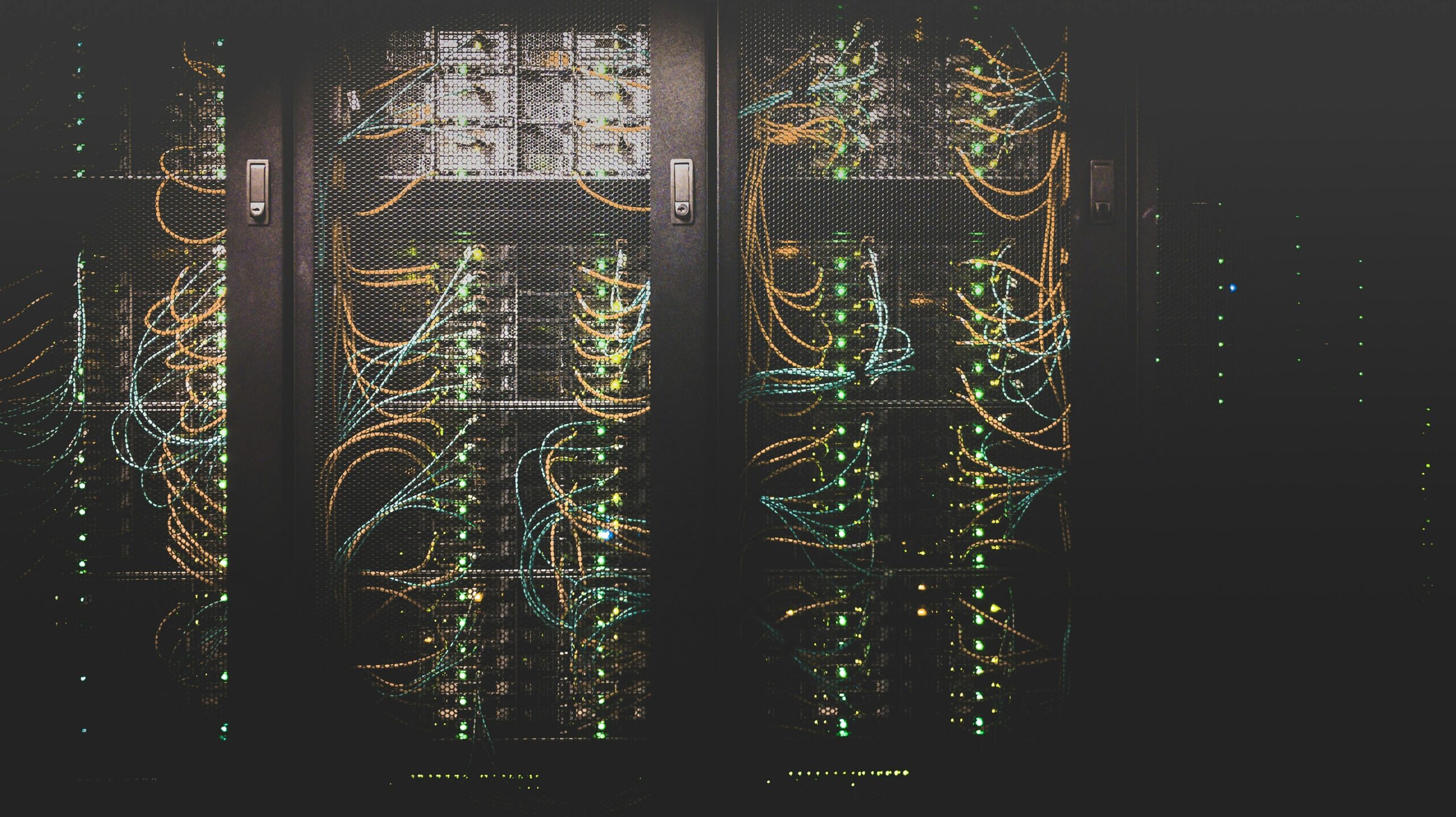 Michael Burry has a lot to say about AI these days...
Michael Burry has a lot to say about AI these days...
As we wrote yesterday, the famed short seller made waves for betting against AI darlings Nvidia (NVDA) and Palantir Technologies (PLTR) recently.
He believes Big Tech is overstating the useful life of assets like chips and servers. And those accounting "games" could be understating depreciation expenses by hundreds of billions of dollars.
We've already reviewed Burry's claims – and explained why he stands to benefit if folks lose faith in the top AI players. (If you haven't checked out Monday's Altimetry Daily Authority, we recommend starting there.)
Today, we'll dive further into the numbers... and share why we think Burry is wrong on a fundamental level.
 Nvidia has taken a lot of inspiration from another tech titan...
Nvidia has taken a lot of inspiration from another tech titan...
Back in 2024, the chipmaking giant announced that it would shift from a two-year graphics processing unit ("GPU") launch cycle to a one-year cadence.
The rollout has taken on the same cultural weight as Apple's (AAPL) annual iPhone unveiling. Each generation is treated as a headline event for the entire tech world.
Burry isn't impressed, though.
Recall from yesterday's issue that the average useful life for hyperscaler assets is around 5.7 years... up from 3.6 years in 2020. Burry doesn't believe these assets can remain productive for five or six years. That's especially true if they become outdated after just one year.
We understand the skepticism. But Burry's claims ignore another important factor –
Nvidia has every incentive to refresh its products annually.
We're talking about the leader of the AI chip market... in an industry where everyone is scrambling to stay ahead.
The company's new products don't need to be revolutionary. They don't have to be drastically different from the generation prior. As long as Nvidia's chips get just a little bit faster each year, customers will buy them in droves.
 Sure, Nvidia is now releasing new chips twice as fast as it used to...
Sure, Nvidia is now releasing new chips twice as fast as it used to...
But that doesn't mean older chips fall out of service in half the time.
Just last week, Chief Financial Officer Colette Kress noted on an earnings call that Nvidia's 6-year-old A100 GPUs are still running at full utilization.
The chipmaker isn't just rolling out new products and abandoning the old ones. Nvidia also updates the software that runs on its chips. These updates extend the performance of each generation. And they can make the older chips more efficient, too.
Google parent Alphabet (GOOGL) does much the same. The company reported in October that the 7- and 8-year-old chips in its cloud data centers still operate at full utilization.
These chips don't train the most advanced AI models. And they don't need to. Much of what AI does behind the scenes can run efficiently on older hardware.
In short, while Big Tech rushes to add brand-new chips to projects... it's not throwing out all the old ones. They have plenty of life left in them.
 New chip launches don't make older ones obsolete...
New chip launches don't make older ones obsolete...
Across the board, older chips are still working as hard as they were in 2020.
Take AI cloud-computing business CoreWeave (CRWV), which buys and leases out GPUs. CoreWeave recently noted that after its initial leases on chips run out, it has no problem renewing those leases or selling them to other clients.
The reality is, all of the major tech companies look different than they did in 2020. Their longer asset lives reflect those changes.
Burry has said he'll share more today... We'll be watching closely. And check back next week for our thoughts on what he says next.
Regards,
Joel Litman
November 25, 2025



 Michael Burry has a lot to say about AI these days...
Michael Burry has a lot to say about AI these days... 

